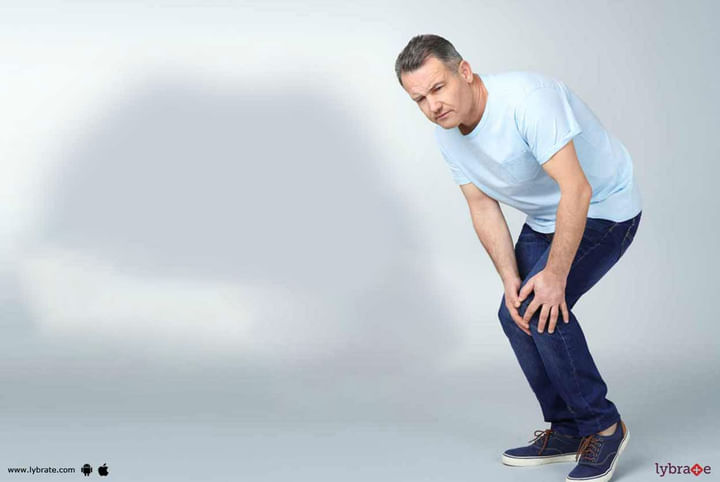Joint Preservation Techniques - Know More About Them!
Are you experiencing knee pain and seek ideal treatment for your condition? Knee pain is a very common issue. It is common in people of all ages, and simple home remedies can be used to treat knee pain effectively. In severe cases, professional treatment or help is required.
The technique of joint preservation is applicable to people who have defected cartilage. The technique helps to preserve such patients’ joints and restore them to their proper functioning.
The cartilage that covers the surface of joint bones is the articular cartilage. It allows the joint bones to slide over each other with no or little friction. Any injury or normal wear and tear over time can damage the articular cartilage. These damaged cartilages cause pain, stiffness, and restricted motion.
Articular cartilage can hardly heal itself, therefore, surgeries can help in stimulating the growth of new cartilage.
The various joint preservation techniques are listed.
Microfracture Surgery -
This technique is good for patients with a healthy subchondral bone and single lesion. Surgeons use an arthroscope, a long and thin device that has a tiny camera at the tip to see inside the joint. Then, with the help of an awl (a small pointed tool), they make small holes called microfractures in the subchondral bone. The surgery stimulates the healing process and increases the blood flow on the surface of the bone. It brings new cells that build new cartilages.
Autologous Chondrocyte Implantation -
This procedure involves two-step. The first step is arthroscopic surgery and the second step is arthrotomy.
Arthroscopic surgery involves removing those tissues which contain healthy cartilage cells from a bone. These cells are cultured first and then multiplied in the lab for 3 to 5 weeks. In the second step, the newly developed cells are implanted through a surgical procedure called arthrotomy. This surgery is suitable for people with a single lesion of large areas.
Osteochondral Autograft Transplantation -
During this transplantation, the healthy cartilage is taken from a bone that does not contain weight and transferred to the damaged area of the joint. This piece of healthy cartilage is known as graft that is taken as a cylindrical plug underlying bone and cartilage. This graft is then transferred to the damaged area. This process smooths the cartilage surfaces in the joint and thus helps in the healing of the joint cartilage.
Osteochondral Allograft Transplantation -
In this technique, the graft tissue is taken from a cadaver donor, called allograft. The process is useful in repairing damaged cartilage. The techniques have opted when the cartilage defect is too large for an autograft.
Conclusion -
Joint issues are common in young and energetic people these days. But with new techniques and processes, it has become possible to cure the problem. It is a boon for people who were long facing joint problems.



+1.svg)
